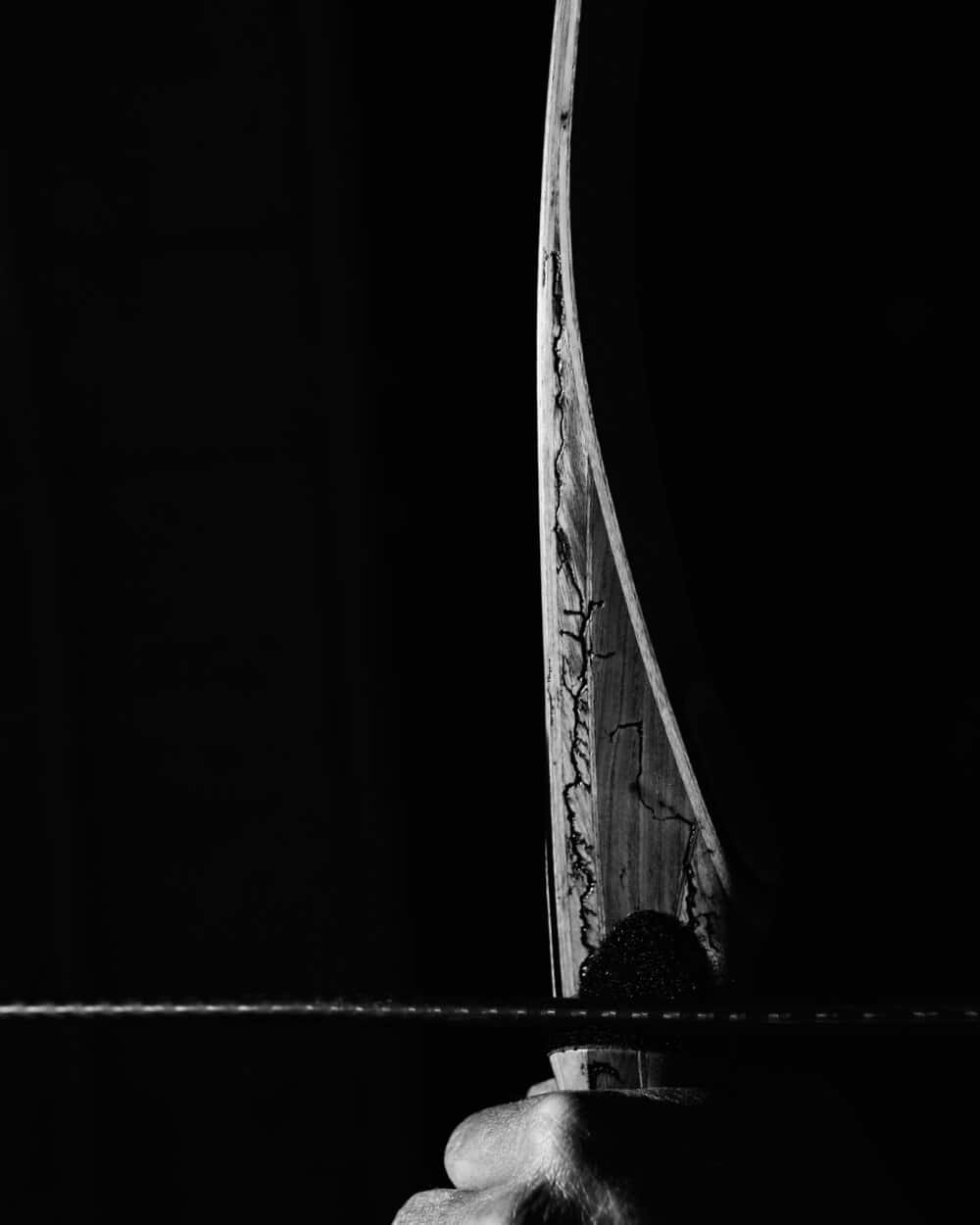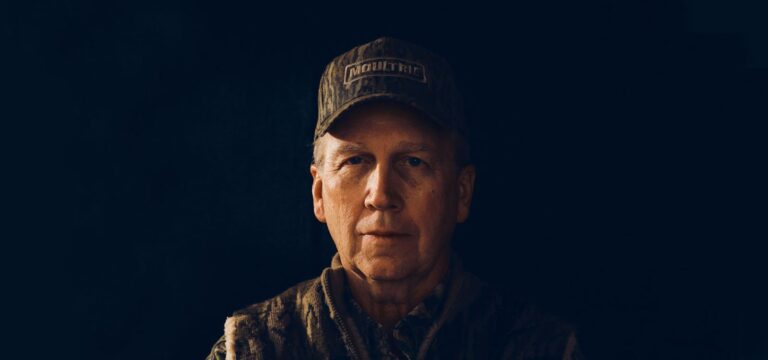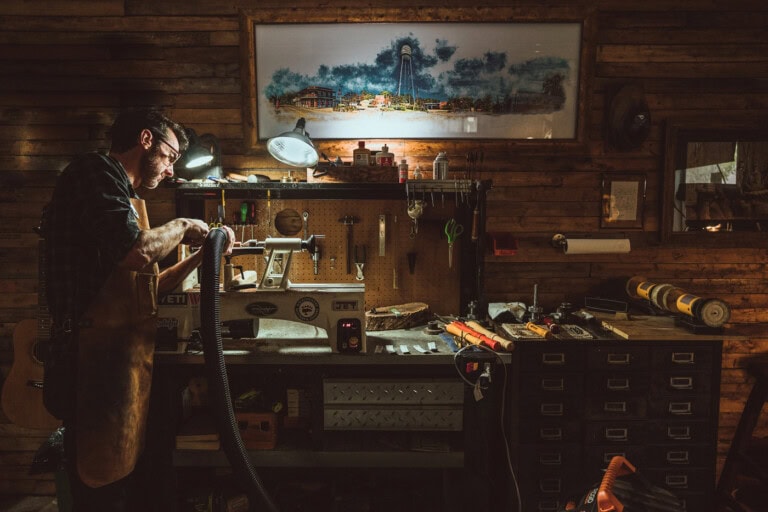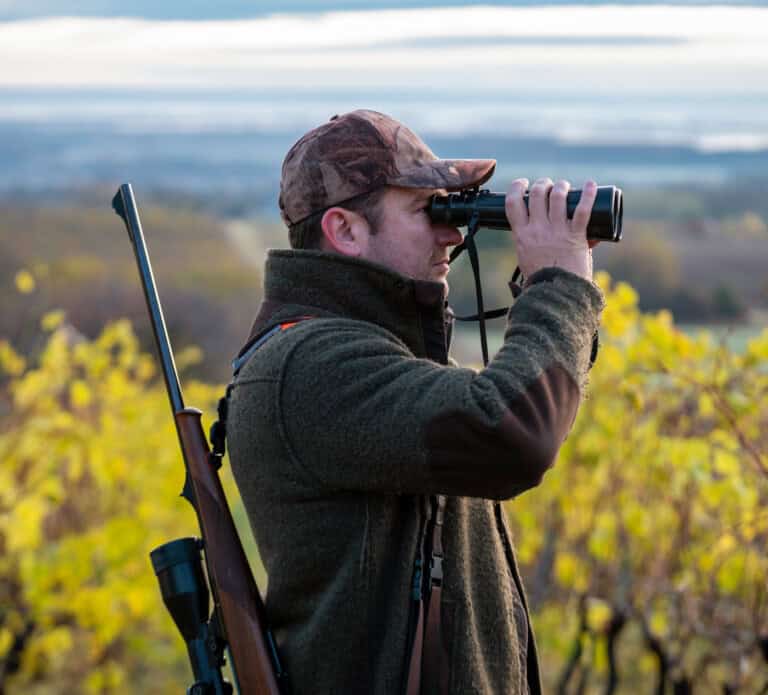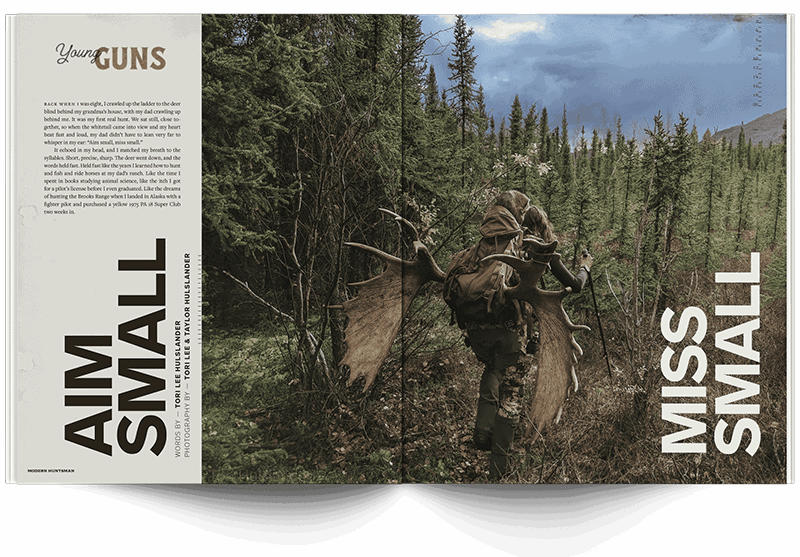COLORADO | ELIZABETH
The traditional stick bow is a curious object. It is immensely powerful — as a weapon, it can kill, and as an artistic tool it can expose the strengths and failings of the artist. But all of that power lies outside the bow itself. One of the oldest, simplest technologies opens up a world for the projection of skill and the shooter’s development. As the maker, the master and the archer of one bow tell us, the object is transportative in itself. More than anything, the bow serves these three men as a vehicle into frontiers of their own lives. Buddy Gould has been forming and crafting bows for the past eight years. He describes this as his “dream job,” the consummation of decades of archery practice and woodworking craftsmanship combined. On his life’s rough road, Buddy has always found increasing solace and purpose in his art form. Its connection to the hunt, to moments of intensity and wild contact beyond the bowyer’s shop, makes his craft all the more important.
Now, as the proprietor and maker of Poison Dart Bows, as well as the inheritor of Rampart Bows (from a deceased bowyer), Buddy feels like he’s arrived at his finest place and practice. As his friend Tom Clum, Sr. says, “Buddy’s got the brain power to have done anything he wanted to in life, and he took this great brain of his and this dynamite craftsmanship to the art of bow making, where he could be creative. He came up with a design of his own that turned out to be one of the finest shooting longbows in the country.”The longbow he crafted for hunter Ryan Holm, a student of Tom’s, was taken to the mountains in Montana by these three men last elk season. It lay at the core of their continued cultivation of archery as a path — one of oldest practices known to hunters.
“Building bows and traditional archery gives me a real sense of connection with
